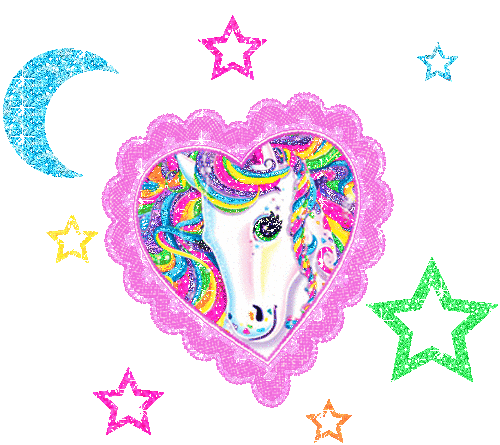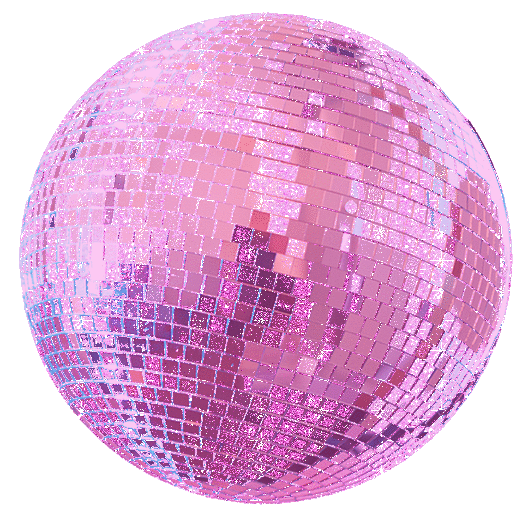Saint Maud: challenging representation of women’s mental health in horror film
- Crusty Debs

- Feb 17, 2021
- 3 min read
While misrepresentations of mental illness can be identified in almost any cinematic genre, it is arguably horror films which have the most inaccuracies to answer for. From axe-wielding maniacs to wall-whispering waifs, locating mentally unstable subjects within this genre is made increasingly easy, thanks to filmmakers’ insistence upon wheeling out the same tired (and largely inaccurate) tropes. Such reductive illustrations of mental disorders suggest an overall assumption that mentally ill persons, in effect, simultaneously burden and threaten the ‘normal’ world as we know it, their presence synonymous with the unnatural and the unknown. Indeed, in our current climate of crisis, which has come at an almighty cost to our collective and individual mental health, one may be inclined to wish for a cultural shift in the audiovisual mechanics of representation. One which portrays psychological issues in a way designed to encourage discourse and de-stigmatise those who are suffering, rather than simply turning it into a lewd spectacle to up the scare-factor.
Yet for a year in which many films did in fact manage to introduce mentally unwell characters who were not only realistic, but also relatable – notably Alison Brie’s psychotic Horse Girl and Pete Davidson’s depressed stoner in The King of Staten Island – it was Rose Glass’ Scarborough chiller, Saint Maud which proved most memorable for its on-the-nose portrayal of the titular character’s battle with an overwhelming onslaught of paranoia, psychosis and PTSD. Set against the sombre backdrop of the run-down English seaside town, Glass’ feature-length debut is an intense, and at times excruciating, analysis of a young private nurse (as the eponymous Maud, Welsh actress Morfydd Clark is sublime) caught between religious fanaticism, festering trauma and an unsettling fixation upon acting the saviour of her patient, Amanda Köhl (a brilliant performance from Jenifer Ehle). A former dancer now bitterly confined to a wheelchair and a wig, thanks to a terminal illness, Clark’s scrupulous caregiver manifests in total juxtaposition with the unfiltered Köhl, both women regarding the other with pity, to some extent a reflection of their own feelings of longing and despair. Oscillating between a compulsion to care for her patient and contempt for her decadent lifestyle, the severity of Maud’s mental state is realistic in its progressive unravelling throughout the film. Showcasing Maud’s descent from a high functioning, yet clearly unwell individual, Glass’s central character is presented as a victim of her own psychosis, the truly horrifying element of this film, rather than a problematic literal embodiment of her symptoms, with no other defining qualities.

Haunted by flashbacks of an earth-shattering episode, a plethora of physical aches and pains, and hearing of voices she believes to be the word of God, to the audience, Maud’s mental deterioration mirrors that of an undiagnosed schizophrenic, masked from the world by an ultra-religious, tightly-wound shield of an exterior. Of course, Maud’s temperament is one which deeply unsettles those around her, provoking Köhl’s pity and a kind former friend’s concern. But the extent to which this inner psychological horror torments and tortures the protagonist is one unbeknownst to all but the audience. Perhaps Glass meant this as a warning to the viewer, which rings all the more relevant to those caught up in the midst of a bleak Covid-ruined landscape; check up on your friends, talk to each other, don’t let that terrible gut feeling go unnoticed.
Arguably a brave move on behalf of the director to situate such a character in the context of horror, in which the interconnection of religion with mental instability is one which can easily come across as tropey (note Piper Laurie as Carrie’s deranged, devout Christian mother), Maud strikes a very different note in that the audience is offered an insight into her self so-far untouched by her illness. From faces from the past, who commend her admirable nursing accomplishments, to Maud’s (initially) meticulous attention and care towards Amanda, we get a glimpse into the life our doomed anti-heroine once had; as a hardworking carer who enjoyed her job and the odd wild night out. Such an insight into Maud’s person beyond her psychosis plays a powerful role in humanising this mentally ill subject, rendering her descent into self-destruction all the more depressing. Maud’s abjection manifests unlike that of Carrie’s mother, as the audience is able to find her as equally horrifying and sympathetic, as she is, in other ways, a relatable character.

A terrifyingly tangible portrayal of a woman’s struggle with mental illness, amplified through a scrutinising, yet sympathetic female gaze, Saint Maud provides a stellar example of how to horrify a heavily stigmatised subject matter, without having to resort to problematic paradigms which have so-far plagued the past.







Comments